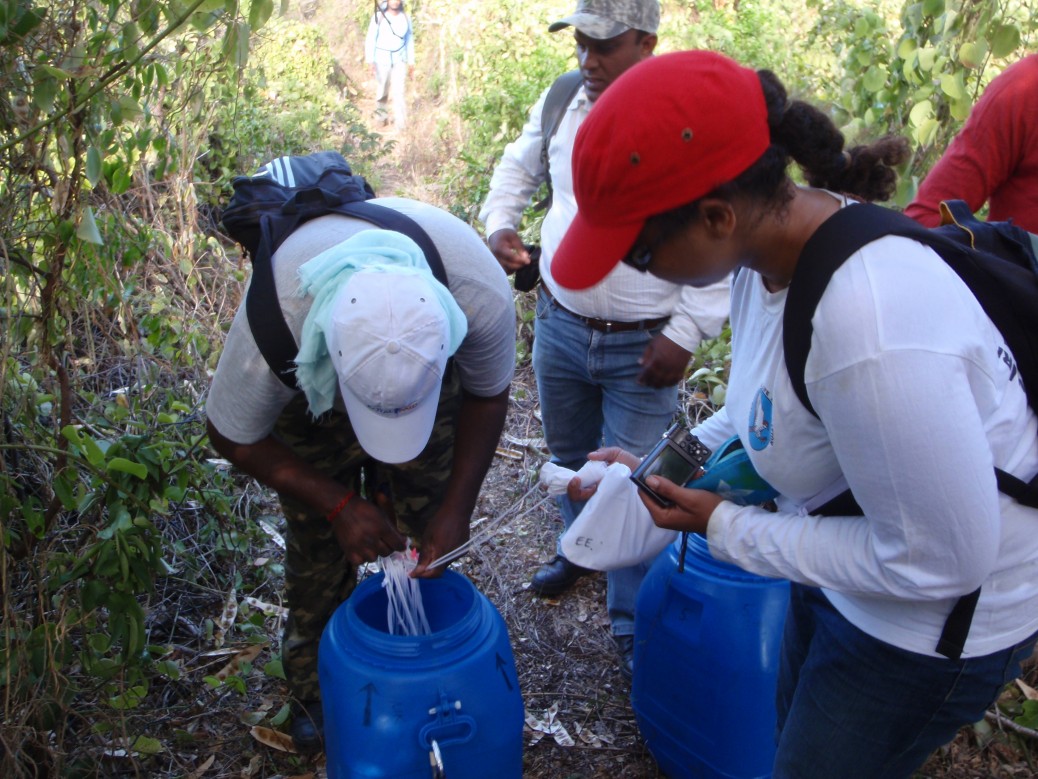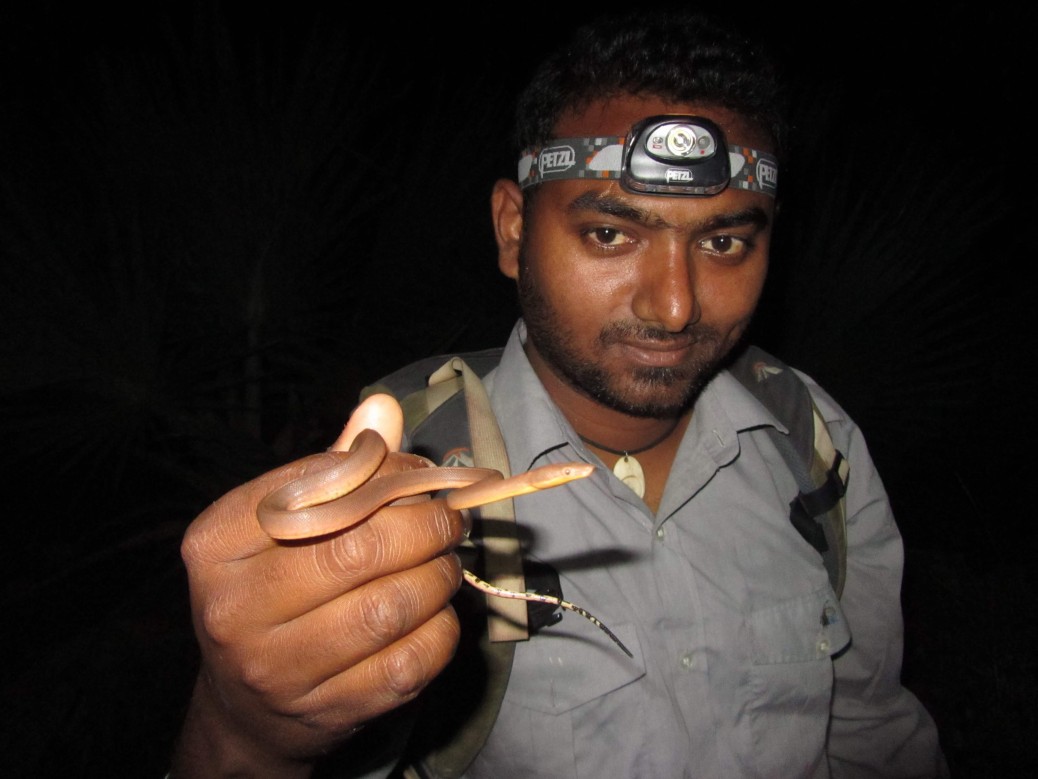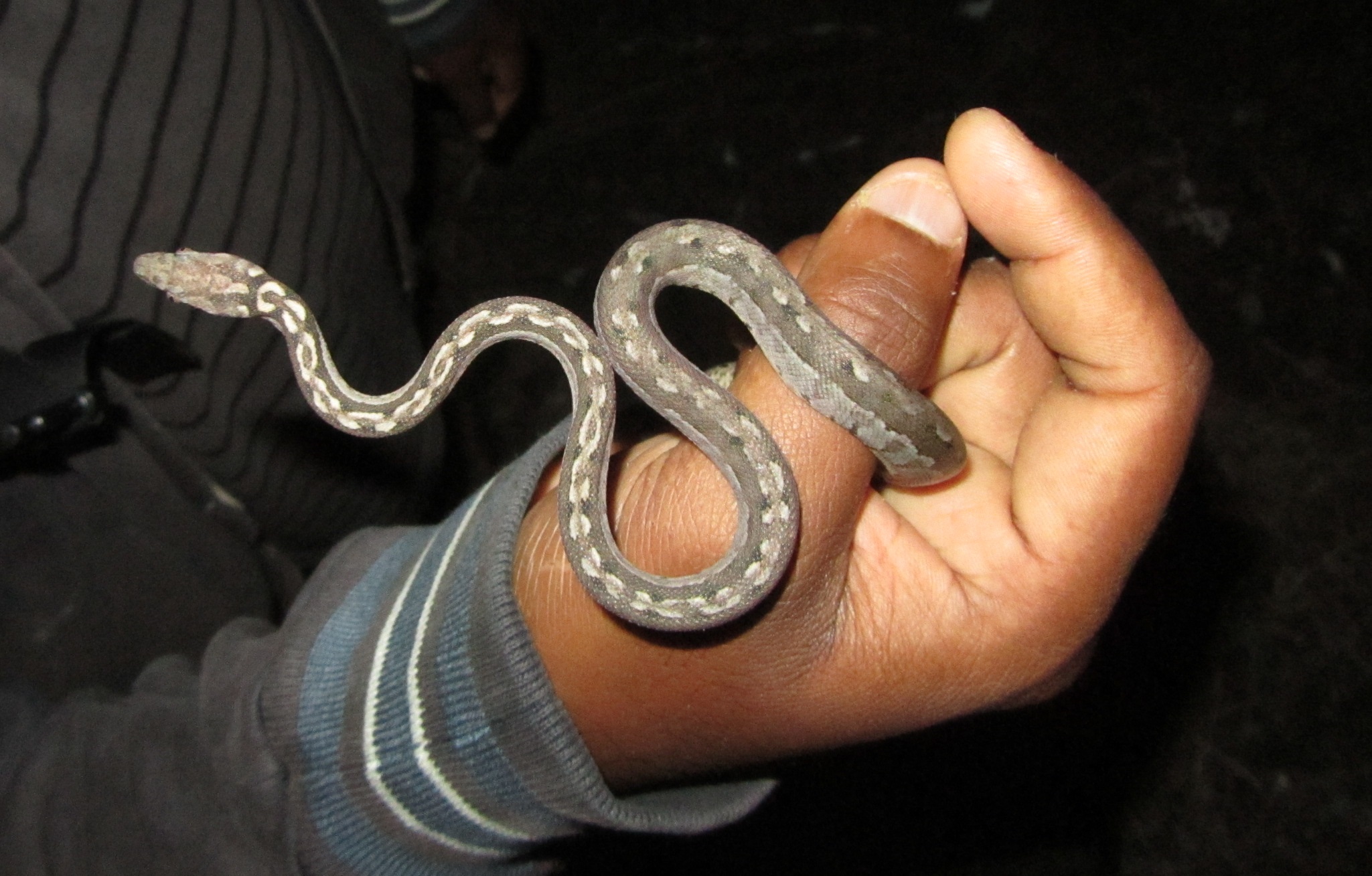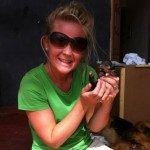Found surviving on just one offshore island, the Round Island boa had declined to just 75 snakes by the 1970’s.
Following 40 years of habitat restoration and successful translocations, an estimated 1500 boas can now be found on two islands in Mauritius thanks to the conservation efforts of Durrell, the Mauritian Wildlife Foundation (MWF) and the National Parks and Conservation Service (NPCS). The story begins back in 1973 when just 4 snakes were found during the first survey of the Round Island boa’s remaining population. At this point, it was estimated that the global population numbered fewer than 75 individuals with invasive herbivores posing a threat to the species. It was clear that invasive species were posing a major threat to not just the Boa, but also to other endemic reptile species living on Round Island, so in 1978, work began to remove invasive species as part of a wider programme to restore the habitat.

Roll forward a decade or so and a management plan to guide the restoration of Round Island had been published and regular monitoring to track the recovery of the boa established.
Six years later, similar work began on Gunners Coin, another offshore islet off of Mauritius plagued by rats and hares. A plan was hatched and rats and hares were eradicated from Gunner’s Quoin as the first step to restoring the unique reptile community that once existed on this island. With the rats and hares successfully removed from Gunner’s Quoin, Durrell, the Mauritian Wildlife Foundation and NPCS were able to plan for the reintroduction of the Telfair’s skink, a species once native to the island and the main prey item for the Round Island boa.
 This partnership became official with the start of the Mauritius Reptile Recovery Programme in 2006, and the partnership secured funding from the Darwin Initiative to initiate restoration activities. In 2012, 60 round island boas were translocated to Gunners Quoin to establish a second population on this nearby island. Around the same time, a large increase in Boas was observed on Round Island as a result of habitat restoration work – great news for the species. The project then grew from strength to strength and a year later, juvenile Round Island boas were found during a survey on Gunner’s Quoin – proving that the Boas released as part of the restoration programme were successfully breeding. This was a milestone in the conservation of this endemic species and highlights the benefits of restoration techniques for offshore island ecosystems.
This partnership became official with the start of the Mauritius Reptile Recovery Programme in 2006, and the partnership secured funding from the Darwin Initiative to initiate restoration activities. In 2012, 60 round island boas were translocated to Gunners Quoin to establish a second population on this nearby island. Around the same time, a large increase in Boas was observed on Round Island as a result of habitat restoration work – great news for the species. The project then grew from strength to strength and a year later, juvenile Round Island boas were found during a survey on Gunner’s Quoin – proving that the Boas released as part of the restoration programme were successfully breeding. This was a milestone in the conservation of this endemic species and highlights the benefits of restoration techniques for offshore island ecosystems.
Over the past 40 years, the global population of Round Island boa has increased by 3000% and today, around 1,500 boas exist across the two islands – a wonderful success story highlighting what can be achieved through eradications, habitat restoration and reintroductions.
It is also a great example of conservation organisations working together effectively in partnership to restore habitats and conserve species. Without the conservation efforts of the partners working on this project, this species would probably now be extinct. Conservation efforts have paved the way for species recovery, with invasive species management and habitat restoration crucial to its success. But the story doesn’t end there and the ‘job’ is not yet done; further translocations and protection from the impacts of invasive species will be required to ensure the population continues to recover, alongside regular population monitoring.


